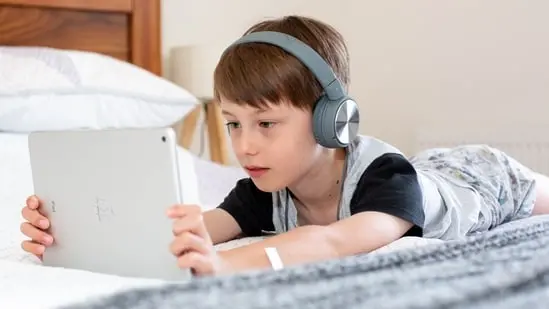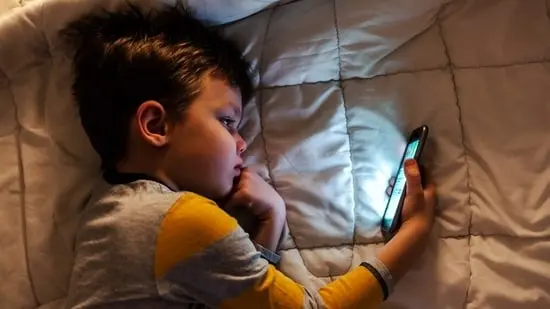
For children with ADHD and autism, screen time can have two-fold effects. On one hand, it can give a sense of calm and control, while on the other hand, it can be overstimulating. In an interview with HT Lifestyle, Dr Sonam Kothari, pediatric neurologist, co- founder and CEO of Butterfly Learnings said, “While screens can offer a sense of calm and comfort, they also help create a predictable environment where an individual feels in control. On the flip side, too much screen time can lead to emotional overstimulation, which can result in feelings of being overwhelmed, trouble sleeping, and a lack of focus.” Also read | Toddler to teenager: Know how excessive screen time can slow children’s growth and development
Dr Sonam Kothari further shared a few tips that can help manage screen time in children with ADHD and autism:
1. A game plan with a visual schedule
Children with ADHD and autism often thrive when they have a routine they can count on. A visual schedule can be a game-changer. It acts as a daily guide, laying out precisely when screen time begins and, more importantly, when it ends. Simple pictures or words work well, like a chart that says after homework, then 30 minutes of video games, followed by evening stroll with family. This tool can help calm nerves and make transitions feel much easier.
2. Using screens as a reward for work and play
Using screen time as a reward for completing other tasks is a great way to balance it all out. This method connects a less enjoyable task to something the child enjoys. This helps reduce screen time while also promoting healthy habits and showing the importance of finishing tasks.

3. Becoming a content curator and co-pilot
It is important to keep an eye on what a child is watching or playing. One can explore educational apps or videos that help them learn new skills or try some calming games that offer a gentle sensory experience. Engaging with a child, whether by watching or playing, can be an absolute joy and a wonderful opportunity to bond. Also, inquiring about what they are observing or participating in can transform it into a delightful and unforgettable shared experience. Also read | Children glued to screens? Expert shares a detailed guide for parents to encourage healthy tech habits
4. Setting up screen-free areas and times
Establishing clear guidelines about when and where screens should not be used is crucial. The dinner table and bedrooms are excellent places to start. Keeping screens out of the dining area can boost family conversations. Additionally, a screen-free bedroom helps a child associate that space with sleep rather than with stimulation. A quick digital detox for the whole family can change things for the better.
5. Keeping a list of fun alternatives handy
One of the toughest challenges is finding fun alternatives to screens. Coming up with some fun, screen-free activities can be very helpful. One could try building with blocks, listening to music, engaging in sensory play, or getting creative with painting. The next time a child asks for a screen, there will be a variety of fun options ready to share. Also read | Screen time and children: When to introduce it and how much is appropriate
Note to readers: This article is for informational purposes only and not a substitute for professional medical advice. Always seek the advice of your doctor with any questions about a medical condition.
